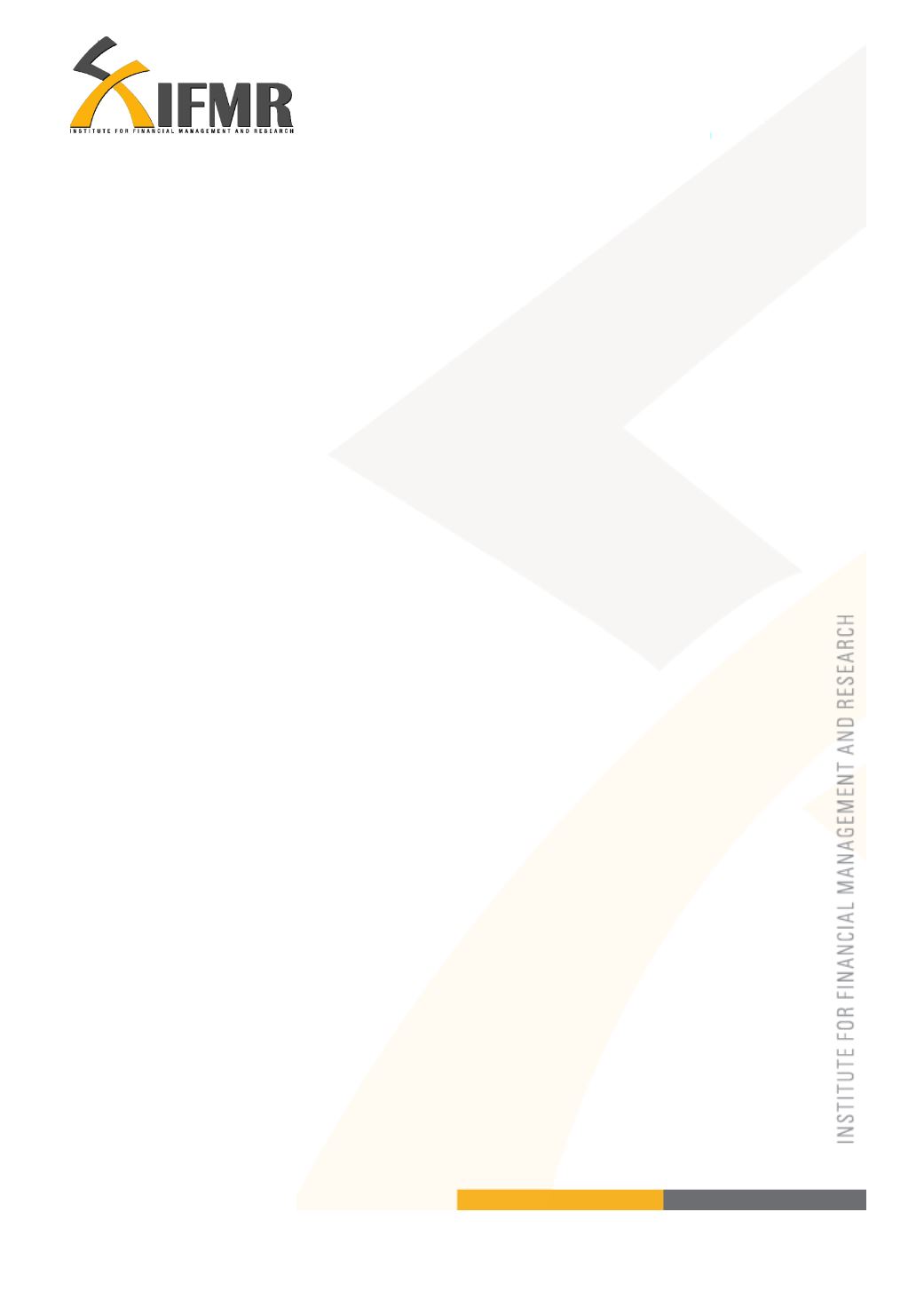
66
11.3.1 Why high Savings?
Interest rate:
About 90% of the groups we saw charged an interest of 24% in a
diminishing rate. On further questioning we understood that they were used to
this rate and it was indicated by the NGO too. The loans sanctioned to members
were done on the basis of priority to members. There seemed consensus on who
to lend too as they received loans by turn. There were some groups who charged
12% interest rate, having reduced it from 24%. They attributed the same to the
presence of higher corpus. (Case 1 & 2)
The interest collected was divided equally at the end of two years initially and
then every year. Most groups were comfortable with a higher interest rate as they
felt that the spit amount will be higher at the end of one or two years. They felt
that a higher interest amount split, about Rs 5,000 to Rs. 10,000 helped them
purchase a useful good.
Higher loans from high savings:
Many members felt that when savings per
member was low, the amount lent out was low too as the corpus that they
collected was rather poor. Having seen the power of internal loans, many groups
decided to increase the amount saved per month. Hence the beginning of high
loans is from increasing the savings amount.
Discipline of savings:
Most members agreed that savings was a discipline and
has led them to be more understanding of their financial needs. They first realised
that small continuous savings can lead to achievement of their “dream goals.”
They also realised that it was not easy to be disciplined at first but the returns


